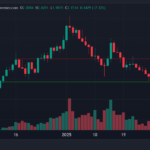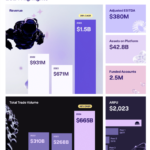The Bank of Japan (BoJ) published the Summary of Opinions from its January monetary policy meeting, with the key findings noted below.
Key quotes
Member notes Japan public’s inflation expectations rising as inflation surpasses 2% for fourth consecutive year.
Member suggests rate hike timing is neutral compared to market expectations.
Member suggests Japan’s economy can handle potential stress from new U.S. administration policies.
Member sees increasing upside price risks.
Member sees increased policy flexibility due to likely Fed rate hike pause.
Member urges continued rate hikes to combat deeply negative real interest rates.
Member suggests gradual adjustment of monetary support in response to rising risk of inflation overshoot.
Member calls for adjustment of monetary support to prevent excessive easing from causing further yen declines and financial overheating.
One BOJ member sees undesirability in rapid weakening of the yen.
One member warns of the need to monitor the risk of excessive yen correction.
Market reaction
Following the BoJ’s Summary of Opinions, the USD/JPY pair is up 0.14% on the day to trade at 155.30 as of writing
Bank of Japan FAQs
The Bank of Japan (BoJ) is the Japanese central bank, which sets monetary policy in the country. Its mandate is to issue banknotes and carry out currency and monetary control to ensure price stability, which means an inflation target of around 2%.
The Bank of Japan embarked in an ultra-loose monetary policy in 2013 in order to stimulate the economy and fuel inflation amid a low-inflationary environment. The bank’s policy is based on Quantitative and Qualitative Easing (QQE), or printing notes to buy assets such as government or corporate bonds to provide liquidity. In 2016, the bank doubled down on its strategy and further loosened policy by first introducing negative interest rates and then directly controlling the yield of its 10-year government bonds. In March 2024, the BoJ lifted interest rates, effectively retreating from the ultra-loose monetary policy stance.
The Bank’s massive stimulus caused the Yen to depreciate against its main currency peers. This process exacerbated in 2022 and 2023 due to an increasing policy divergence between the Bank of Japan and other main central banks, which opted to increase interest rates sharply to fight decades-high levels of inflation. The BoJ’s policy led to a widening differential with other currencies, dragging down the value of the Yen. This trend partly reversed in 2024, when the BoJ decided to abandon its ultra-loose policy stance.
A weaker Yen and the spike in global energy prices led to an increase in Japanese inflation, which exceeded the BoJ’s 2% target. The prospect of rising salaries in the country – a key element fuelling inflation – also contributed to the move.





